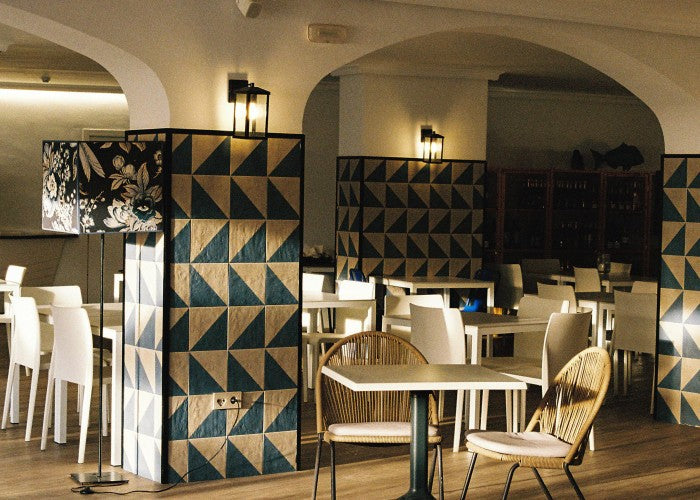
Ergonomics and Form: A Blueprint for Healthier Living
In our fast-paced, modern lives, where technology seamlessly integrates into every aspect, it's crucial to pay attention to how our surroundings impact our well-being. Enter ergonomics and form—a dynamic duo that holds the key to a healthier and more comfortable lifestyle.
-
Understanding Ergonomics
Ergonomics, derived from the Greek words "ergon" (meaning work) and "nomos" (meaning natural laws) revolves around designing and arranging objects to fit the human body, its movements, and its cognitive abilities. The goal is to create an environment that minimizes discomfort and stress while maximizing efficiency and productivity.
Consider your workspace: an ergonomically designed desk and chair can alleviate your back and neck strain, reducing the risk of musculoskeletal disorders. By adjusting the height of your chair, positioning your computer monitor at eye level, and maintaining a neutral posture, you create an ergonomic oasis that promotes long-term health.
-
The Role of Form in Everyday Objects
When form meets function, the result is not just aesthetically pleasing but also functional and comfortable. Imagine the contours of a well-designed chair that supports the natural curves of your spine. Each curve, line, and choice of material determines the fluidity of the object in use and the overall user experience.
-
Balancing Ergonomics and Form
Achieving a harmonious balance between ergonomics and form requires a mindful approach to design. It involves considering the user's needs, the functionality of the object, and the visual appeal. A beautifully designed chair may catch your eye, but it's the thoughtful integration of ergonomic features that will keep you comfortable during long hours of use.
-
The New age of thoughtful design.



